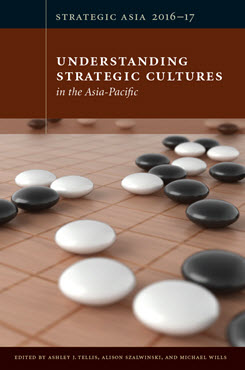Two Strategic Cultures, Two Japans
This chapter examines the divisions in Japan’s strategic culture and assesses the implications for U.S. security interests.
EXECUTIVE SUMMARY
MAIN ARGUMENT
Japan is deeply divided over the issue of how best to use its first-rate military. Article 9 of the constitution forfeits the right to wage war, yet recently enacted security legislation circumvents this proscription by upholding the constitutionality of collective self-defense. Nonetheless, a majority of Japanese continue to oppose the deployment of troops overseas for combat missions. At the same time, a broader historical shift is taking place that defines Japan again as a maritime state. A strategic division manifests in this context between two views of Japan’s strategic culture. The first is espoused by those who would dispatch the Self-Defense Forces abroad for combat missions. The second sees a more cosmopolitan role for Japan in Asia and the world. In the latter view, Article 9 of the constitution serves as the cornerstone of a deeply realized social contract eschewing war for dependence on the U.S. protective shield.
POLICY IMPLICATIONS
- The outcome of the debate over the constitution will define Japan’s place in both the region and the world for the foreseeable future.
- Policymakers should understand the contours of the opposing positions within Japan’s policy community and society at large and take seriously the depth of commitment that Japanese citizens have to the constitutional proscription against waging war beyond Japan’s borders.
- Policymakers need to recognize that the so-called history issues—the living legacies of Japan’s empire and war in the Asia-Pacific—are entwined with security interests and specifically Japan’s debate over the use of its armed forces.
Strategic Asia
The Strategic Asia annual edited volume incorporates assessments of economic, political, and military trends and focuses on the strategies that drive policy in the region. Learn more about Strategic Asia.



